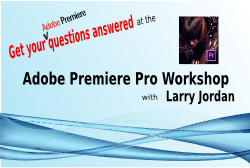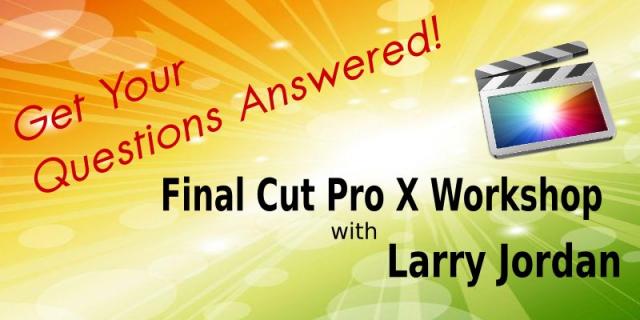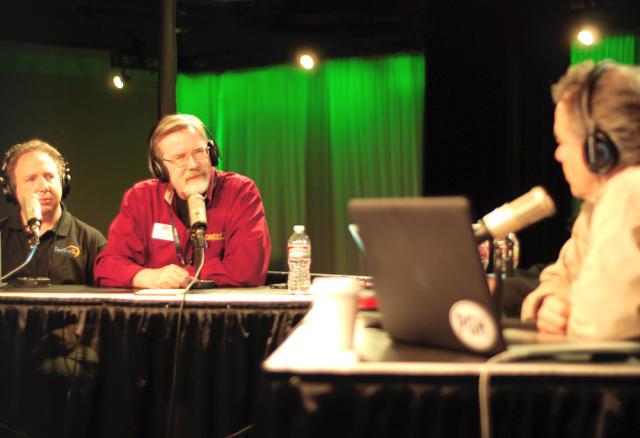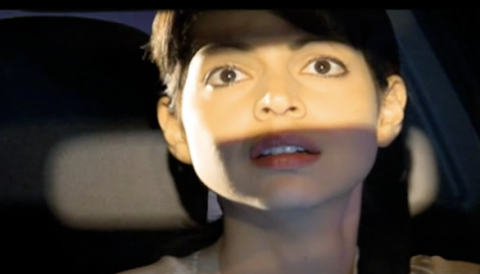Helping people design a useful Social Media internet strategy to generate interest and reach for their business is what I’m all about. And since most of my clients weren’t born with a smartphone in their hands, there are usually a few key points to clear up about Social Media right from the beginning. After all, Social Media is a relatively new topic. Or is it?
If you step back and take a look how information moves in Social Media, it’s quite different than “Traditional Media.” Back in the day, most people got their information from newspapers or magazines. The direction of information is from the few (the writer or publisher) down to the many. We’ve all seen this in action in our daily lives, maybe to the point of not even noticing it anymore. Got a favorite newspaper columnist or TV show host? One single person communicating to possibly millions of people with little interaction between the communicator and the listeners.
As we step into the Social Media arena, the direction and flow of information is between the readers and the writers. The interaction (thanks to the internet) tends to be instant and the ripple effect from this sharing of information can spread far and wide. With the users of Social Media able to contribute news and information to anyone willing to listen, we now have a conversation. Just like the conversations you are already having at the local coffee shop or at work.
The recent buzzing and tittering by the media about Google + and Social Media in general, it’s no wonder business owners may feel forced into using these internet-based communication tools, or perhaps miss sales opportunities their competition is getting instead of them. Not being familiar with the landscape, many make that sometimes fatal error of confusing Social Media with traditional advertising. But remember: traditional advertising is the few pushing out information to the many. No matter how you dress it up, advertising never was and never will be the same thing as a conversation. Advertising flows up and down, and conversations flow back and forth. If you are blasting everyone you know on social media with your marketing or business message continuously, ask yourself: who am I talking to? If the answer is everyone at once, you might be advertising mode unintentionally.
Don’t get me wrong, it’s OK to let everyone know what you are doing in general. You’ve gotten those letters at Christmas where a relative runs off a bunch of copies of the family “newsletter” and sends it to everyone? I like reading those. It’s just an update, a catch-up session. But when 90% of the people connecting to me on Twitter are saying the same message (“Want to get 16,000 followers on Twitter?” sound familiar?), we’ve crossed over that thin line between conversing and advertising.
So what’s the secret to this Social Media thing? It is faster than mailing a letter or a postcard. More interactive than TV. Cheap to boot! Seems like the perfect advertising tool. But to use Social Media as just another advertising channel misses the hidden power of Social Media. What is that hidden power? It’s so painfully visible, so obvious. It’s something I call “Commonality.” It’s where you and I share a common interest, or have similar background. It’s liking the same funny movie, or both growing up in the South with fried chicken, or having visited the same restaurant in Europe. It boils down to this: if you and I have something in common (no matter what it is), we understand each other better to that degree.
If you have a pet dog, and I have a pet dog, we instantly understand each other that much more, and, to the degree that we understand each other, we are enabled to create a personal, lasting, and genuine friendship. Social Networks facilitate this instant understanding because you can share so many aspects of yourself in a quick glance. Ever get a friend request on Facebook from someone that doesn’t even have their picture posted and hardly anything listed on their profile? Little hard to cozy up to, isn’t it? Kind of like getting a “friend” request from a statue. Cold.
Social Media is a breeze, really. Express who you are. Make it personal (but not TOO personal!). The more you describe yourself, or rather, profile yourself, on these social networks, the more aspects there are to resonate with for someone who doesn’t yet know you. I know I prefer to do business with someone I like and trust. Would you like and trust someone you’d never met before, but who showed up on your door with a slick advertising message? Didn’t think so.
Does all this seem hard? It’s not, because if you have already been in business (and thus sales) in any capacity, you’ve already been using Social Media. Ever strike up a conversation with someone at an after-hours party? Did they eventually ask you what you do for a living? If you have, you’ve already got practice in Social Media. I’ll bet you’ve even gotten a few new customers that way. Now it’s just a matter of moving that same conversation to an online platform like Facebook or MySpace. It’s the individual and friendly (another word for social) conversations that will forward your business message, because people will like you, and even more importantly, understand you on a level they aren’t even aware of themselves. Powerful stuff.
Social Media Networks are a fun, useful way to share the individual that is you with the rest of the world. The steps to participating are as follows: Join, listen to the conversations that are already happening, participate where you are interested or can be useful to others, give where you can, and be prepared to receive what others give you in return. In this way you can organically build a genuine community of new friends, customers and goodwill that may last a lifetime, no matter what business you may find yourself in down the road.
Authored by: Trevor Eisenman




 The Association’s Canon Boot Camp is very visible when searching on line using relevant keywords. I’ve been told on more than one occasion that our classes are very easy to find online, or even that we were the only class that showed up during a search.
The Association’s Canon Boot Camp is very visible when searching on line using relevant keywords. I’ve been told on more than one occasion that our classes are very easy to find online, or even that we were the only class that showed up during a search.

